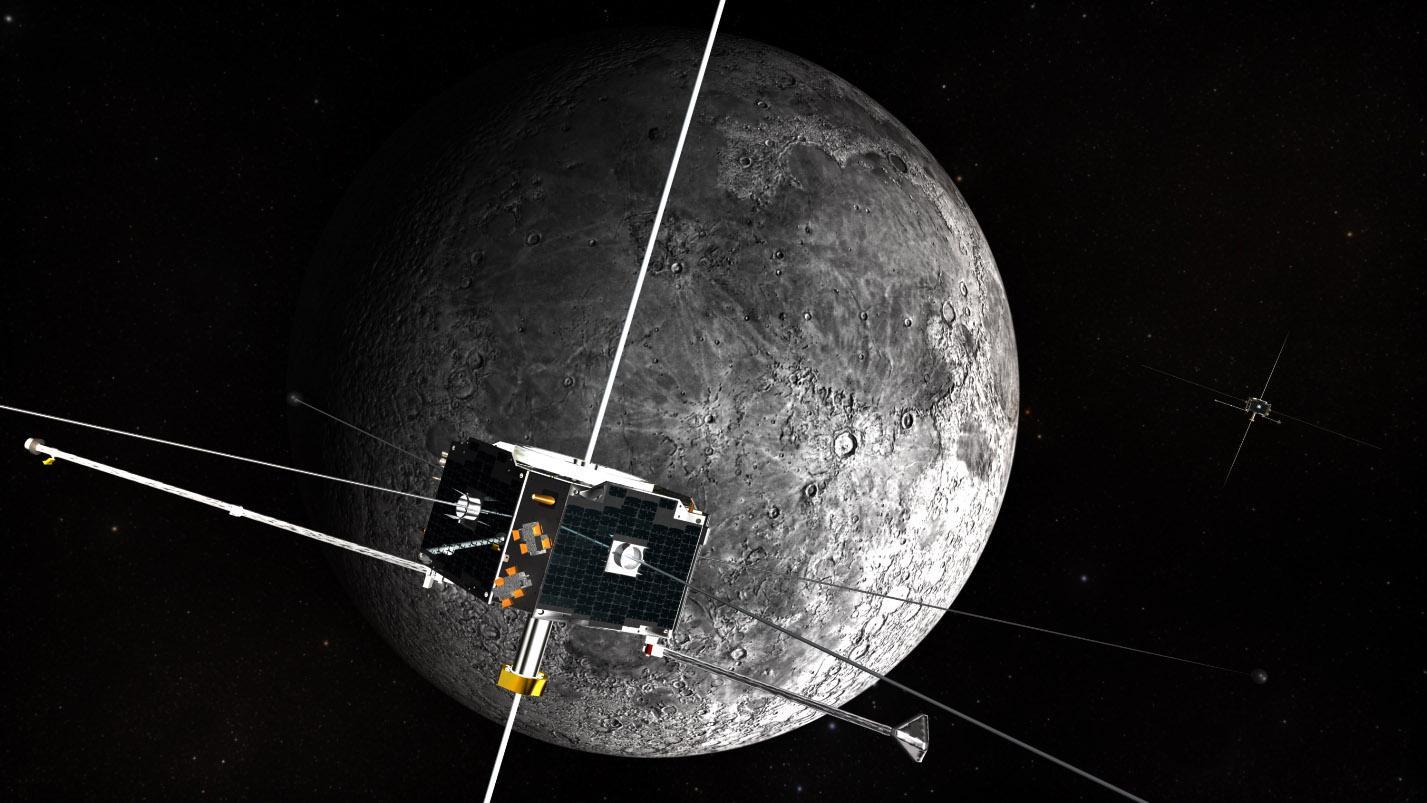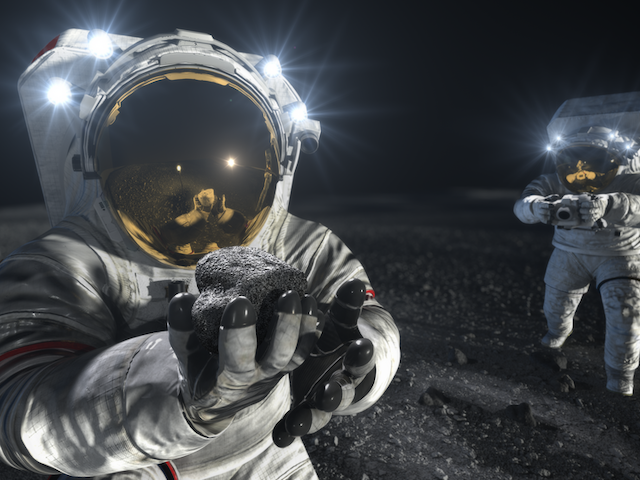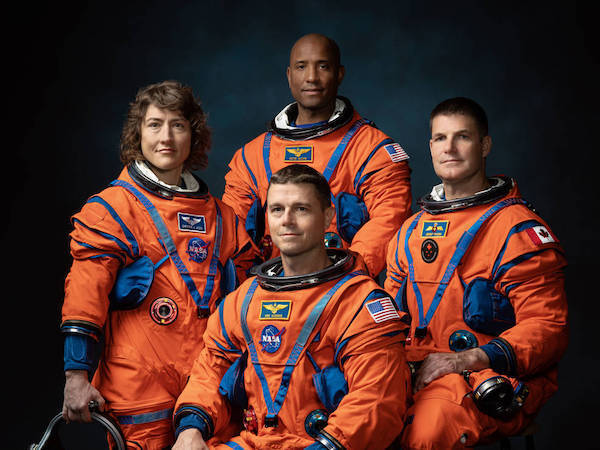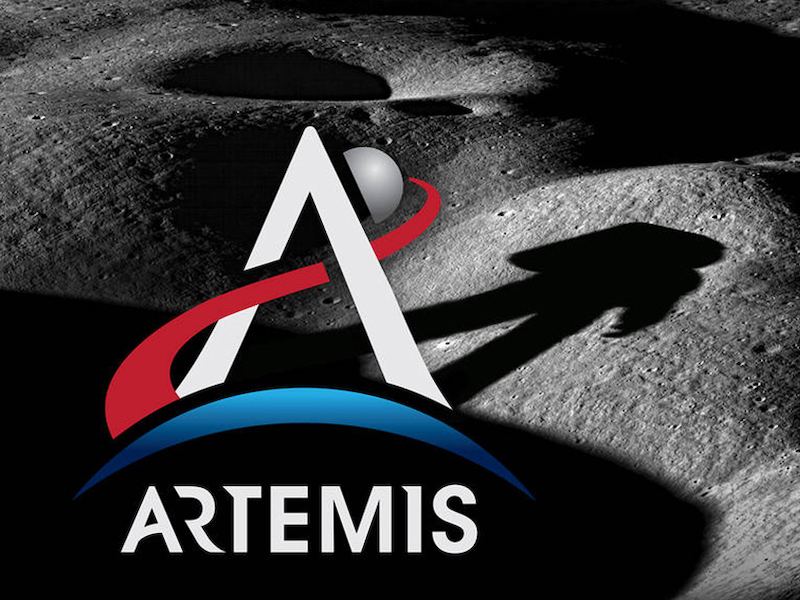News | February 21, 2017
10 Years Strong with NASA's THEMIS Mission

Artist's concept of ARTEMIS spacecraft at the Moon.
On Feb. 17, 2017, NASA's Time History of Events and Macroscale Interactions during Substorms, or THEMIS, mission marked its 10th anniversary in space. The spacecraft have now spent a decade discovering how mass and energy move through the near-Earth environment in order to determine the physical processes initiating auroras – and they’re still making new discoveries.
“THEMIS is morphing each year into a new journey of exploration,” said Vassilis Angelopoulos, principal investigator of THEMIS at the University of California, Los Angeles. “The instruments are as good as new and are still being utilized to expand NASA’s exploration of our space environment.”
The magical night lights of the aurora are known to be caused by a space weather phenomenon known as a substorm. But prior to THEMIS, no one understood what triggered these substorms. Thanks to the mission, scientists now understand how the constant outpouring of solar material, called the solar wind, tangles Earth’s magnetic field, initiating the substorms that cause auroras. Scientists also understand the mysteries of why there are different type of auroras – like diffuse and pulsating auroras – much better now.
The instruments are as good as new and are still being utilized to expand NASA’s exploration of our space environment.
THEMIS was initially launched as a five-satellite team, but in 2010, after the end of THEMIS’ prime mission, two of the spacecraft split off to start a new mission: Acceleration, Reconnection, Turbulence and Electrodynamics of the Moon’s Interaction with the Sun, or ARTEMIS. ARTEMIS studies the moon and its space environment to help contextualize THEMIS discoveries while simultaneously trailblazing new science at the moon. Meanwhile, THEMIS continues studying substorms near Earth with three spacecraft.
Ten years on, THEMIS is no longer alone. NASA’s Van Allen Probes, since 2012, and NASA’s Magnetospheric Multiscale Mission, since 2014, study the near-Earth environment along with THEMIS to provide a wealth of observations on different aspects of near-Earth space and, in concert with other satellites in the Heliophysics System Observatory, provide a start-to-finish picture of physical processes in the region. THEMIS also has the ability to continue to adjust its orbit to better coordinate its measurements with the other missions and maximize its observational power.
Related Links






